Hanoi Food Market Tour: Best Local Markets for Authentic Street Food
- Vespa Adventures

- Aug 4
- 5 min read
What Are the Best Hanoi Food Markets for Tourists in 2025?
Dong Xuan Market leads Hanoi's authentic food scene, operating from 5 AM daily with over 200 food vendors. Local breakfast pho costs 30,000-50,000 VND ($1.20-$2) here. Bach Ma Temple Market offers handmade banh cuon from vendors with 30+ years experience.
The real Hanoi market food tour happens at dawn when vendors are three hours deep into their day. 85% of vendors at traditional markets don't speak English but serve the most authentic Vietnamese cuisine in the capital.
Where Do Locals Actually Eat Breakfast in Hanoi?
Pho Ga Ba Hien at Dong Xuan Market serves 300+ bowls daily starting at 5:30 AM. The chicken pho uses 18-hour broth that locals queue 15 minutes for without complaint. Vendors judge your chopstick technique before deciding if you get extra herbs.
Long Bien Market attracts 2,000+ office workers daily between 7-9 AM for bun cha. The grilled pork noodles cost 40,000 VND ($1.60) and disappear by 10 AM when workers head to Old Quarter offices.
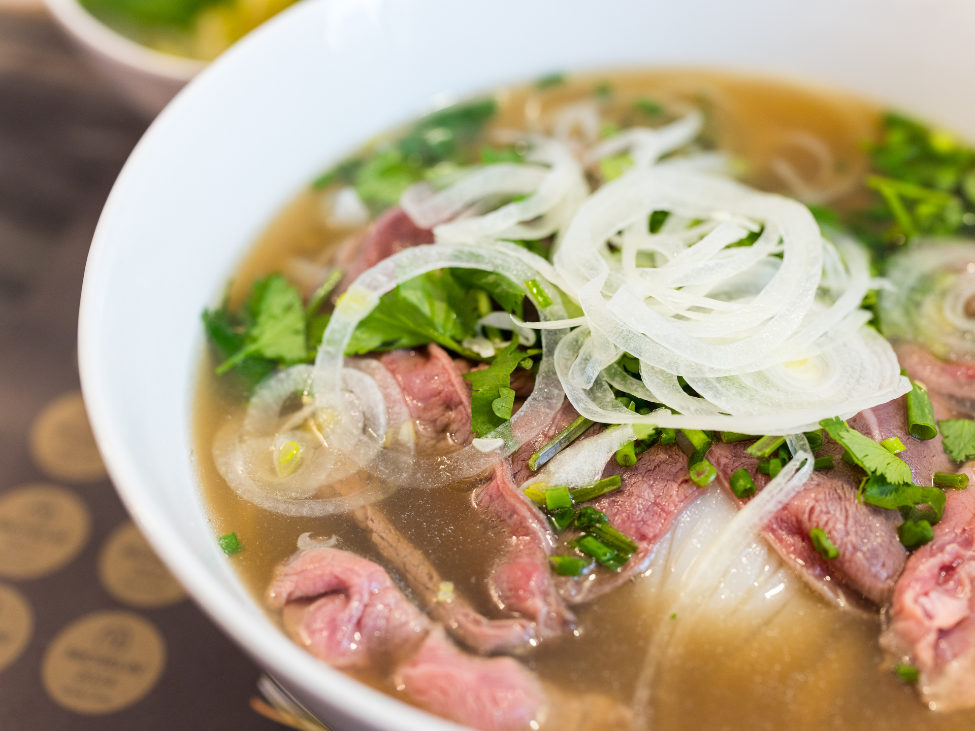
What Street Food Should You Try at Bach Ma Temple Market?
Banh cuon at Bach Ma Temple Market is made fresh every 30 seconds by women whose grandmothers taught them the technique. The rice paper rolls cost 25,000 VND ($1) and contain minced pork with wood ear mushrooms.
This market operates like a secret handshake among locals. Only 20% of customers are tourists because it's harder to find and doesn't photograph as well as Dong Xuan. The translucent rice sheets dissolve on your tongue within seconds.
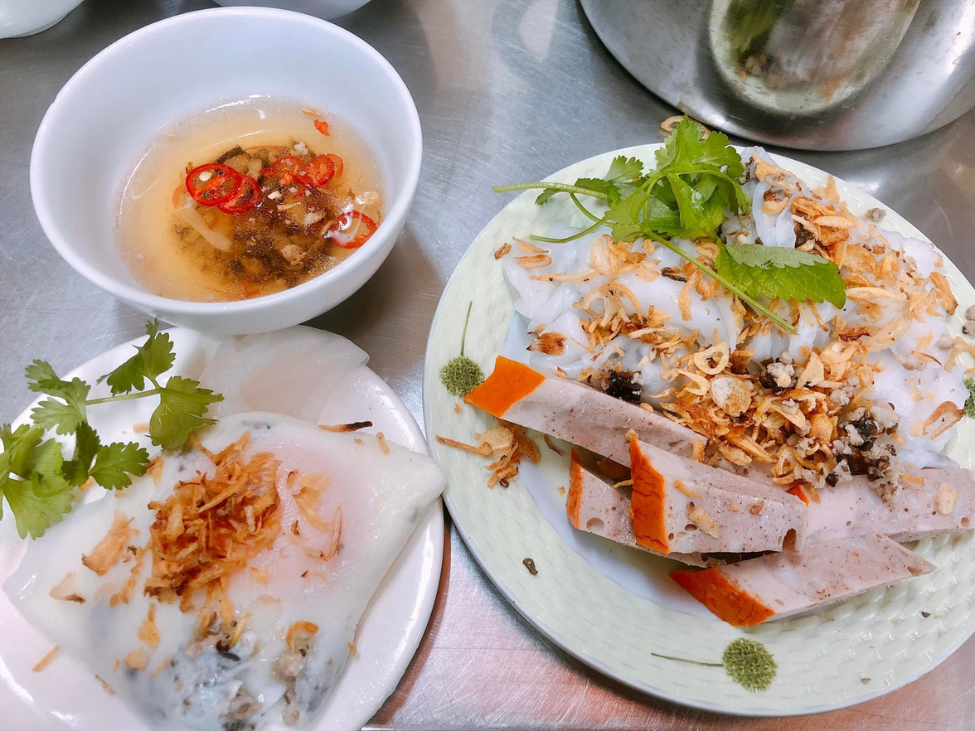
How Much Does a Hanoi Food Market Tour Cost?
Budget 150,000-300,000 VND ($6-12 USD) for a complete morning of market tastings including pho, banh mi, banh cuon, and local specialties. Individual dishes range from 25,000-50,000 VND ($1-2).
Most vendors only accept cash in small denominations. Bring 20,000 and 50,000 VND notes. Tourists trying to pay with 500,000 VND notes create awkward situations for vendors who rarely carry that much change.
What Makes Hanoi Banh Mi Different from Tourist Versions?
Banh Mi 25 uses bread baked fresh every 2 hours with pate made from family recipes dating back 40+ years. The ratio includes enough pate to matter, pickled vegetables to cut richness, and cilantro so fresh it vibrates with chlorophyll.
The best banh mi in Hanoi costs 15,000-25,000 VND ($0.60-$1) at local spots versus 50,000-80,000 VND ($2-3.20) at tourist-focused cafes. Real Vietnamese banh mi isn't fusion food—it's survival food that became art.
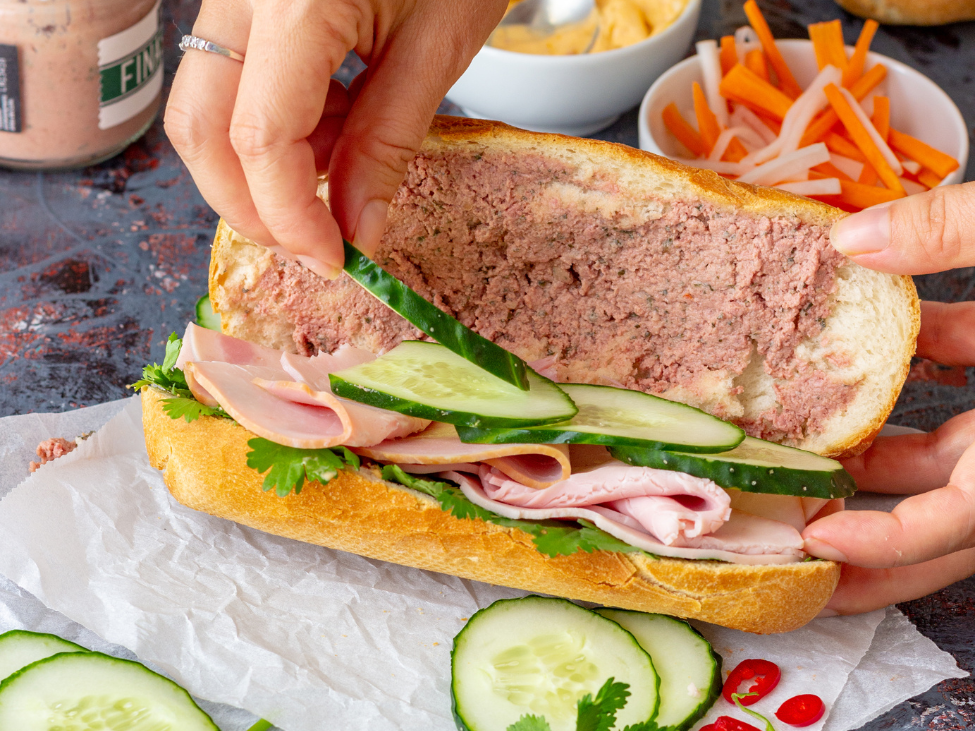
Which Hanoi Market Has the Best Vietnamese Soup?
Hom Market serves bun rieu with broth requiring 12+ hours of preparation using crab shells, pork bones, fermented shrimp paste, and fried tofu. The crab and tomato noodle soup costs 45,000 VND ($1.80) and represents Vietnamese soup culture at its most complex.
Vendors here have time to explain what you're eating. The market serves 40% fewer tourists than Dong Xuan but offers more authentic interactions. Most vendors learned recipes by watching their mothers for decades.
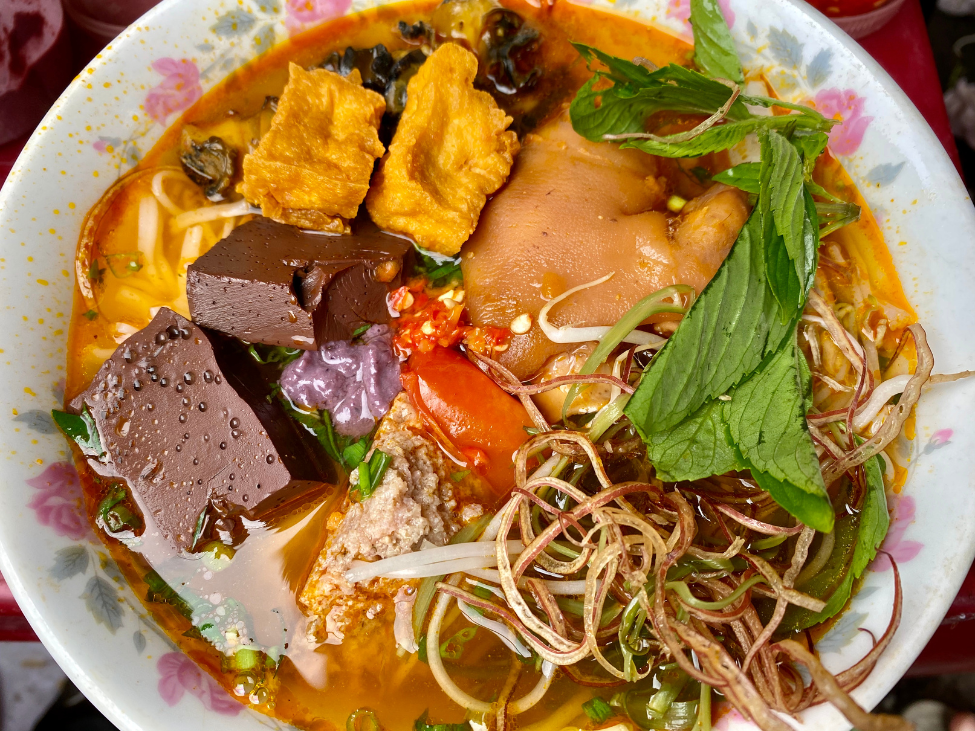
What's the Best Time to Visit Hanoi Food Markets?
6-8 AM offers the most authentic experience when vendors set up fresh ingredients and locals grab breakfast before work. Markets like Dong Xuan and Bach Ma Temple are most vibrant at dawn with manageable crowds.
Avoid 11 AM-2 PM when many vendors close for afternoon breaks. Evening markets (5-8 PM) offer different dishes but lack the morning energy when Vietnamese breakfast culture thrives.
How Do You Navigate Hanoi Markets Like a Local?
Ask your motorcycle taxi driver for recommendations—they know which stalls are worth detours and which coast on reputation. Eat where you see lines of locals, not empty stalls targeting tourists with English signs.
Learn basic Vietnamese numbers for ordering. Point and nod works universally, but vendors appreciate attempts at their language. Comfortable shoes matter more than comfortable clothes since you'll walk on surfaces ranging from concrete to questionable liquids.
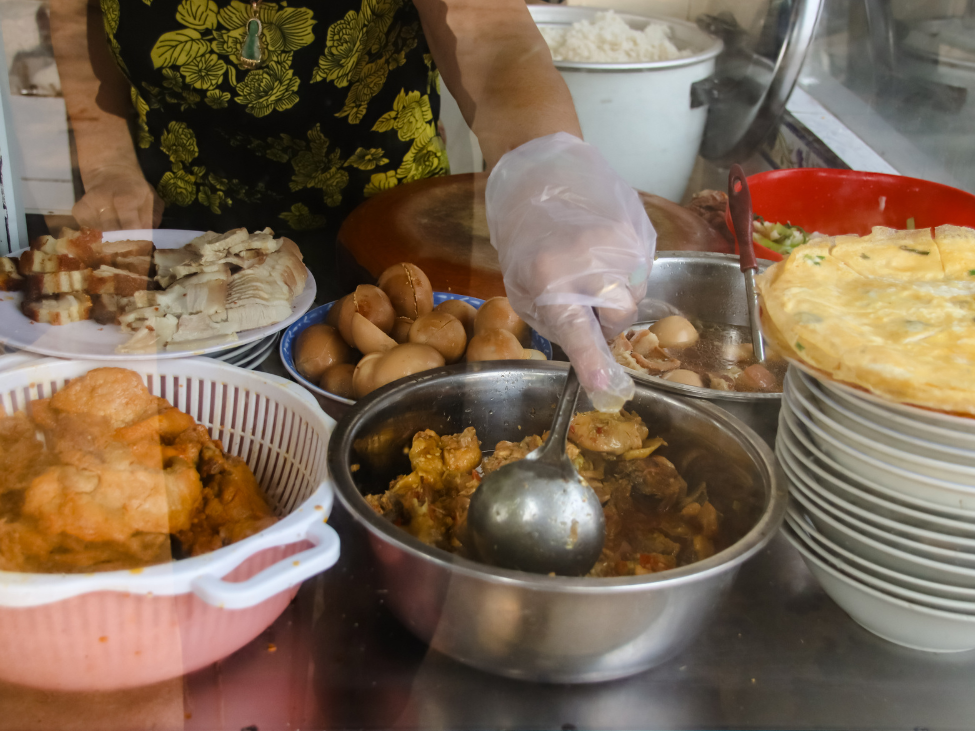
What Should You Know About Hanoi Market Food Safety?
Established markets like Dong Xuan, Bach Ma Temple, and Hom Market are safe for tourists following basic hygiene practices. Choose busy stalls with high turnover and trust vendors operating for years.
The biggest risk is usually overeating, not food poisoning. Bring wet wipes and hand sanitizer. Vendors operating since the 1990s maintain consistent quality because reputation matters in tight-knit market communities.
Where Are Hanoi's Hidden Family Restaurants?
Residential neighborhood kitchens serve 1-2 dishes from living rooms converted to impromptu restaurants. These places don't advertise, lack English signs, and never take reservations. They serve whatever families make for themselves.
Prices assume you live in the neighborhood. Family restaurants charge 20,000-40,000 VND ($0.80-1.60) for portions sized for people doing physical work. Access requires knowing locals or joining authentic food tours.
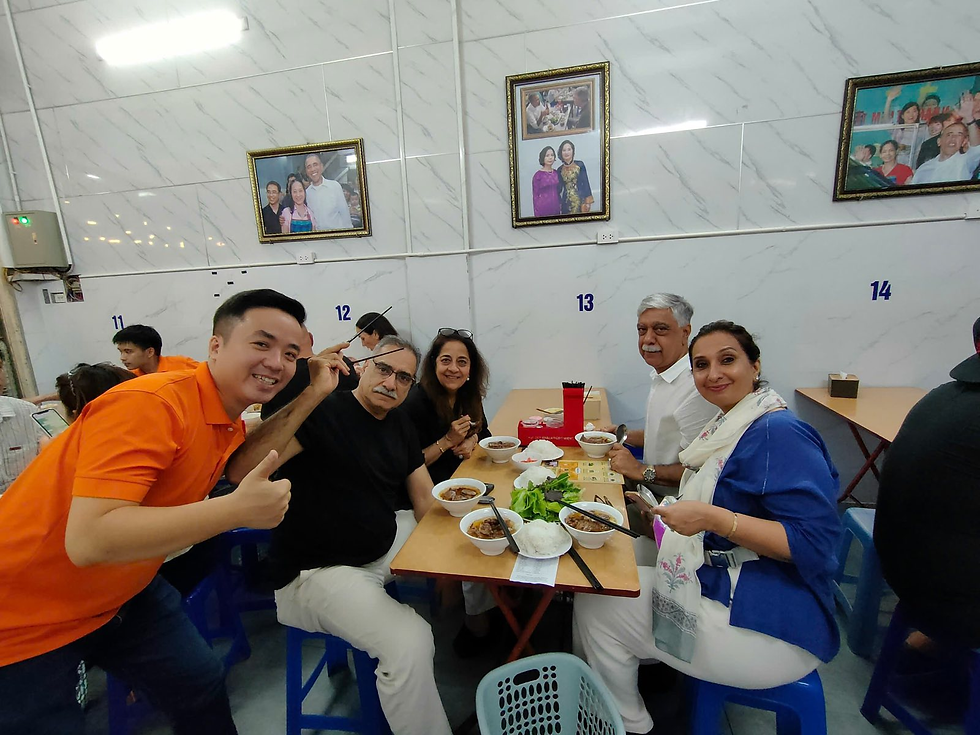
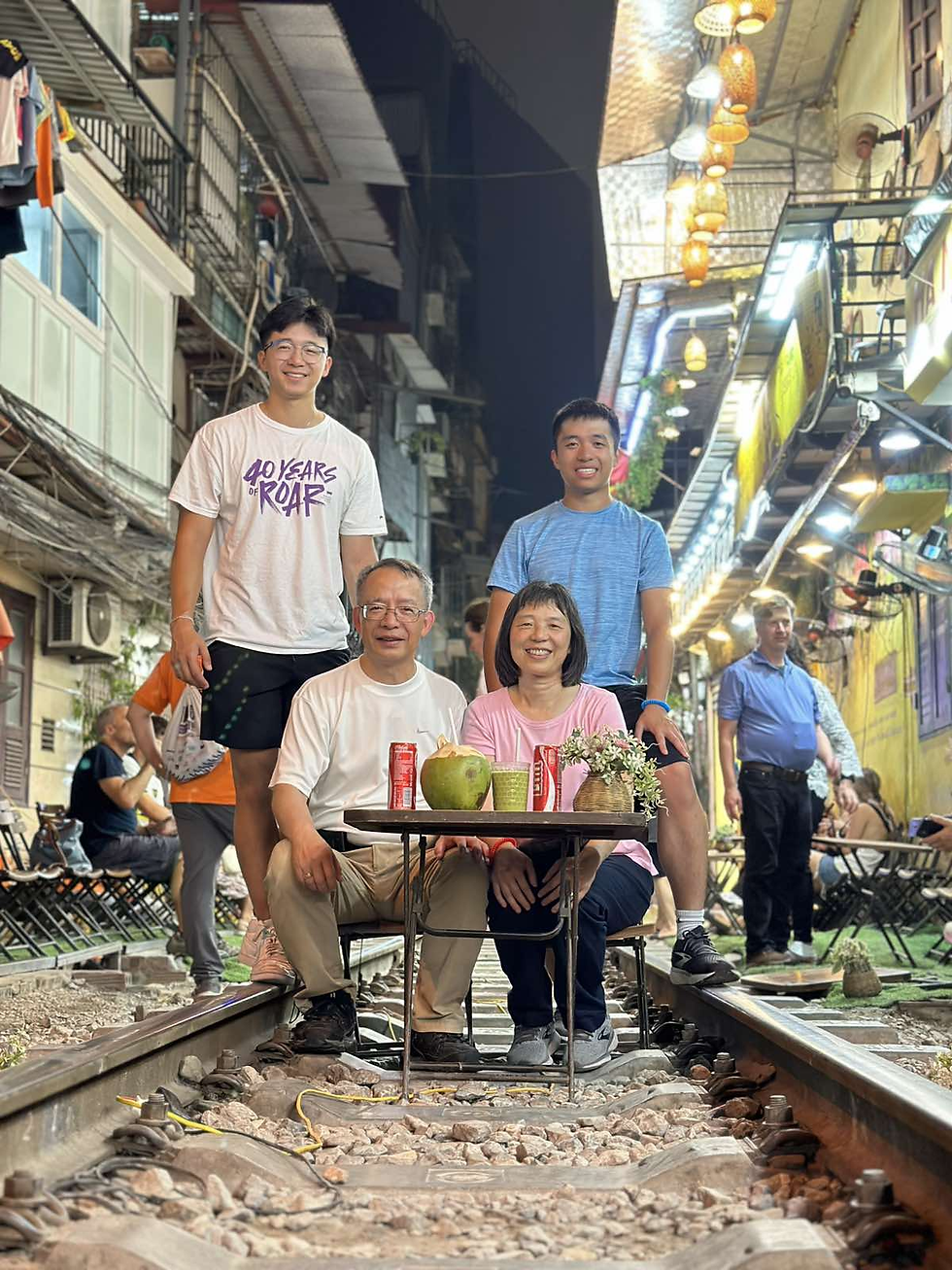
What Cultural History Lives in Vietnamese Food?
Every bowl of pho carries French colonialism in the beef, Chinese influence in noodles, and Vietnamese ingenuity in everything else. Herbs accompanying meals grow in rooftop gardens because fresh ingredients represent basic dignity, not luxury.
Market vendors working decades carry institutional knowledge impossible to Google. They know which chilies come from which provinces and why certain fish sauces cost triple others. This knowledge passes through families like recipes that constantly adapt to available ingredients.
How Do Vespa Tours Access Hidden Hanoi Food Spots?
Professional food tours provide access to family kitchens and vendor relationships built over years. Local guides know which vendors serve the best versions and which stories matter most.
Our Hanoi Foodie Experience includes 6-8 tastings across 3-4 markets with cultural context impossible to get solo. Morning tours (Wake up with Hanoi) start at dawn when markets are most authentic.
What Equipment Do You Need for Hanoi Market Tours?
Wet wipes function as currency since soap isn't guaranteed in market bathrooms. Small hand sanitizer bottles mark you as practical, not paranoid, especially given Vietnamese healthcare costs for tourists.
Comfortable sneakers outweigh flip-flops that mark obvious tourists. You'll walk on surfaces from polished concrete to questionable liquids. Small denominations (20,000-50,000 VND notes) are essential since vendors rarely carry change for large bills.
Why Choose Professional Hanoi Food Tours?
Reading about markets versus experiencing them equals reading about motorcycles versus riding one.Understanding mechanics and memorizing maps can't replace navigating traffic while balancing pho bowls.
Vespa Adventures transforms food tourism into cultural immersion through vendor relationships and storytelling impossible to access independently. Our guides know which vendors merit stops and which stories connect you to generations of Vietnamese food culture.
Book authentic Hanoi food tours to discover why the best experiences happen where guidebooks end. Evening explorers should try Hanoi After Dark to see how the city's food scene transforms after sunset.
As documented in authentic traveler experiences, the most rewarding things to do in Hanoi involve connecting with local food culture through proper cultural immersion rather than surface-level tourism.
Frequently Asked Questions About Hanoi Food Tours
What's the best time to visit Hanoi food markets?
Early morning between 6-8 AM offers the most authentic experience when vendors set up fresh ingredients and locals grab breakfast. Markets like Dong Xuan and Bach Ma Temple are most vibrant at dawn with manageable crowds and the freshest food.
How much does a Hanoi street food tour cost?
Budget 150,000-300,000 VND ($6-12 USD) for a complete morning of market tastings including pho, banh mi, banh cuon, and local specialties. Individual dishes range from 25,000-50,000 VND ($1-2). Bring small bills since vendors don't accept large denominations.
Are Hanoi food markets safe for tourists?
Yes, established markets like Dong Xuan, Bach Ma Temple Market, and Hom Market are safe for tourists. Follow basic hygiene: eat where locals eat, choose busy stalls with high turnover, and trust vendors operating for years. Overeating poses more risk than food safety.
How long should I plan for a Hanoi food market tour?
Allow 3-4 hours for a comprehensive experience starting at dawn and finishing by late morning. This provides time to visit 2-3 major markets, try 5-6 different dishes, and absorb authentic atmosphere without rushing through cultural moments.



Comments